Bronze Age Shipwrecks in the Mediterranean Sea
22 late Bronze Age shipwrecks along the Carmel coast of Israel
The cargoes from 22 shipwrecks found off the Carmel coast of Israel give a valuable insight into the extent of the maritime trading networks in the Mediterranean by the end of the bronze age.
By Nick Nutter on 2023-11-20 | Last Updated 2025-05-20 | Bronze Age Shipwrecks in the Mediterranean Sea
This article has been visited 2,703 times

The Carmel coast at Neve Yam
Where were the wrecks found?
Twenty-two bronze age shipwreck assemblages, characterized by concentrations of single-holed stone anchors, are known along the Carmel coast in Israel. Since this type of anchor was used throughout the bronze age, it is not possible to accurately date individual wrecks by the anchors. However, some of the wrecks carried a cargo that could be more accurately dated as we shall see. The shipwrecks so far identified that carried any sort of cargo include a wreck at Hishuley Carmel, another from Hahotrim, two wrecks from Kfar Samir: Kfar Samir south, and Kfar Samir north. An additional wreck was found near Neve Yam, and one was found in the southern anchorage of Caesarea.
Do you enjoy my articles? For your reading pleasure, this website does not carry third party ads. You could help me write more articles by buying me a cup of coffee.
About the wreck sites


The Carmel coast at Dor Beach
The Carmel coast, stretching south from Haifa in the north, is a flat coastal plain with shallow water extending far offshore. It offers very few protected anchorages, none in the stretch between Haifa and Caesarea, and is a lee shore for sailing boats in any westerly wind. The same stretch of coastline from Haifa to Neve Yam was also the location of at least six Neolithic sites, now submerged beneath only 5 metres of water.
What were the ship's cargoes?


The Carmel coast at Caesarea
The cargo from the Hishuley Carmel wreck contained 18 single holed anchors made from limestone, two complete oxhide copper ingots, 14 tin ingots weighing a total of 206 kilogrammes, and one lead ingot. Three bronze axes were also among the cargo with parallels in Hattusa, the stronghold of the Hittites in Anatolia (1600 to 1180 BC). Also found in the cargo of this ship was a bronze hoe, which had an inscription on the inner side.
The cargo from Hahotrim, included fragments of oxhide copper ingots and lead ingots.
Kfar Samir south contained lead and tin ingots.
Kfar Samir north, contained fragments of oxhide copper ingots and bronze spatter. A number of round lead ingots were apparently retrieved from the Kfar Samir north site by a fisherman and were sold for scrap.
The Neve Yam wreck contained 86 copper loaf-shaped ingots. A single loaf-shaped copper ingot, very similar to the ones from Neve Yam, was found in the Akko Harbor.
The Caesarea wreck contained four lead ingots.
Where did the cargoes come from?
Analysis of the various metal ingots has given us some clues as to where the cargoes originated. To date, only the results from three of the wrecks are published, the lead ingot from the Hishuley Carmel wreck, copper ingots from the Neve Yam and the lead from the Caesarea wreck.
The lead ingot from the Hishuley Carmel wreck was analysed using a combined approach of tin and lead isotopes together with trace elements to narrow down the potential sources of the tin. The results of the study were published in the journal Nature Communications in 2022. The study found that the tin ingots from Hishuley Carmel were most likely sourced from the tin mines of Cornwall and Devon.
Both the copper ox-hide ingots from the Hishuley Carmel wreck were tested, and the results indicate that the lead-isotope composition of one of the ingots matches that of the ores at Apliki in Cyprus. The copper of the second ingot appears to have been extracted from Skouriotissa, which is not far from Apliki.
Following chemical and lead isotope analyses of the copper ingots from the Neve Yam wreck, their origin was traced to the Arabah mines, in particular, the Timna valley mines. The Timna valley is in southern Israel and its rich copper deposits have been mined since the 5th millennium BC. Incidentally, the Timna valley is also the location of the earliest camel bones with signs of domestication found in Israel or even outside the Arabian peninsula, dating to around 930 BC.
As for the Caesarea wreck, lead isotopic ratios measured for the four ingots, regardless of differences in shape and size, are very similar, suggesting that they were all made of the same lead ore. When compared to isotopic data from the Mediterranean region and Iran, the Caesarea samples are highly consistent with lead ores from the southwest of Sardinia at Iglesiente, and, to a lesser degree, with ores from southern France and Iberia.
When did the wrecks sink?
To date, only the cargo from the Caesarea wreck can be accurately dated. Three of the lead ingots had markings incised on them. Four Cypro-Minoan signs were identified and paralleled with signs found on Late Cypriot artefacts dating to the late bronze age, 1200 to 1100 BC.
The Hittite like axes from the Hishuley Carmel wreck indicate a date of sinking after 1600 BC.
References
Arif, R. Four Late Bronze Age Shipwrecks in the Mediterranean and Aegean, and Their Connections to Cyprus (2016).
Artzy, M. 2006 'The Carmel Coast during the Second Part of the Late Bronze Age: A Center for Eastern Mediterranean Transshipping.' Bulletin for the American Schools of Oriental Research 343: 45-64.
Broodbank, C. 2013 The Making of the Middle Sea: A History of the Mediterranean from the Beginning to the Emergence of the Classical World. London: Thames & Hudson.
Galili, E. 'A Late Bronze Age Shipwreck with a Metal Cargo from Hishuley Carmel, Israel.' International Journal of Nautical Archaeology 42 (1): 2-23.
Wacshmann, S. 2008 Seagoing Ships and Seamanship in the Bronze Age Levant. College Station: Texas A&M University Press.
https://www.sciencedirect.com/science/article/abs/pii/S2352409X21005332
Do you enjoy my articles? For your reading pleasure, this website does not carry third party ads. You could help me write more articles by buying me a cup of coffee.
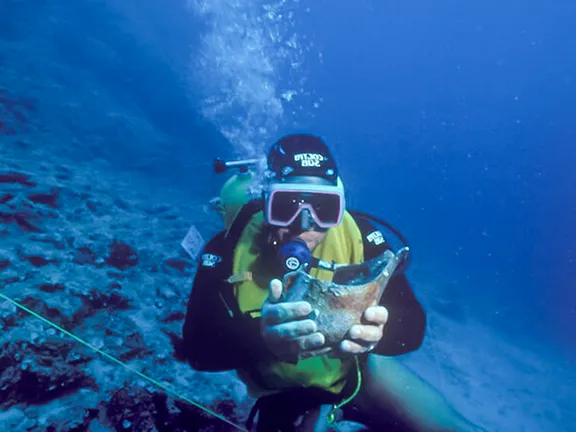 1: Dokos Shipwreck 2200 BC
1: Dokos Shipwreck 2200 BC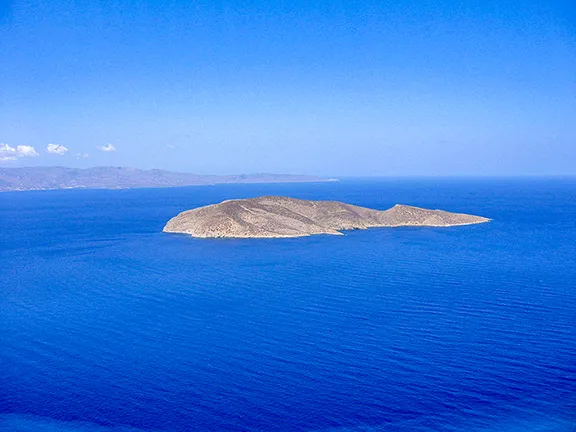 2: Pseira shipwreck 1725 to 1675 BC
2: Pseira shipwreck 1725 to 1675 BC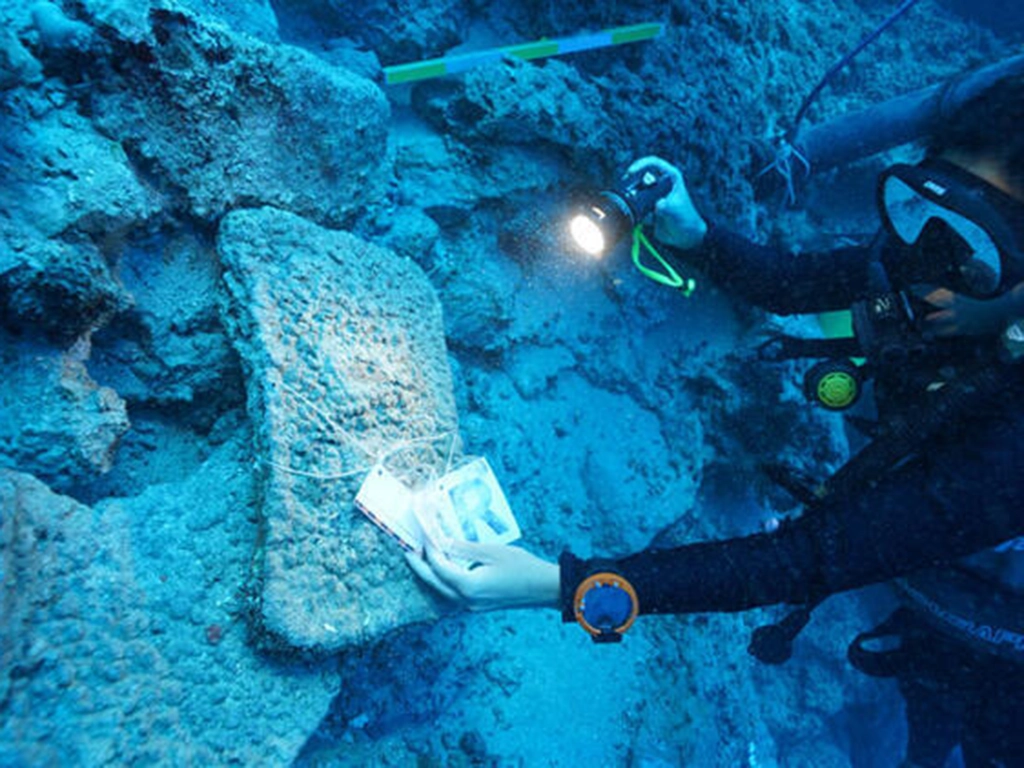 3: Kumluca shipwreck 1600 - 1500 BC
3: Kumluca shipwreck 1600 - 1500 BC 4: Uluburun Shipwreck 1335 - 1305 BC
4: Uluburun Shipwreck 1335 - 1305 BC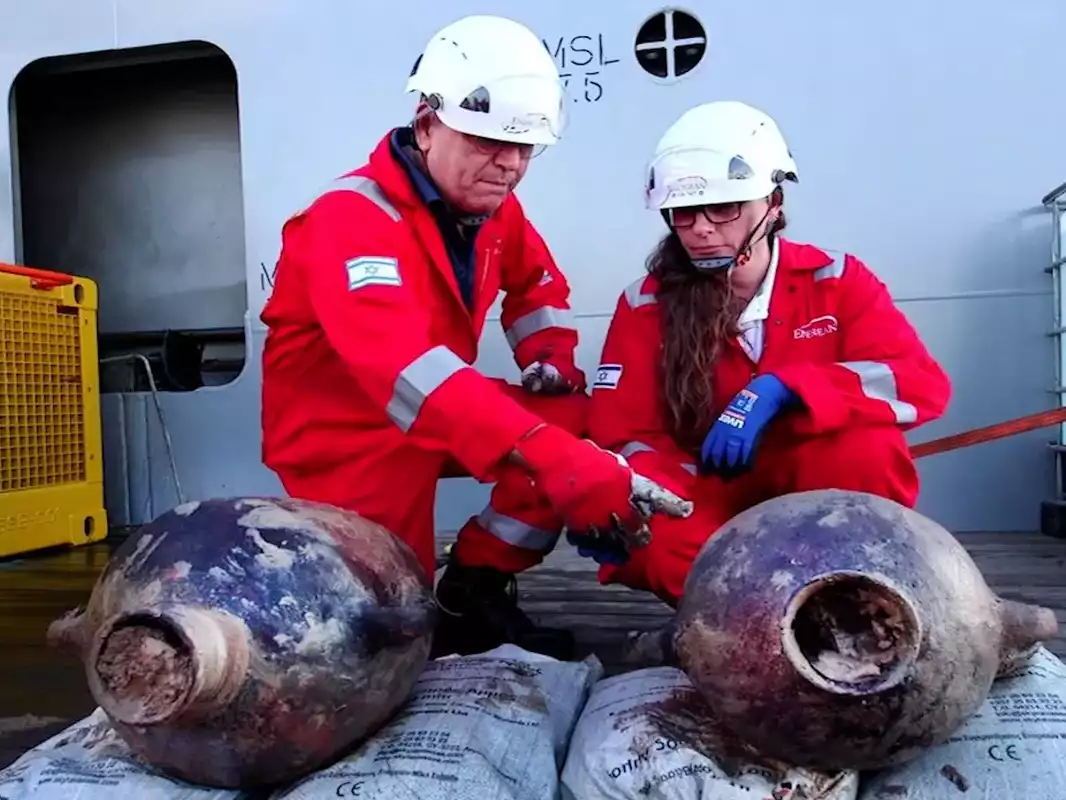 5: Deep Water Late Bronze Age Wreck
5: Deep Water Late Bronze Age Wreck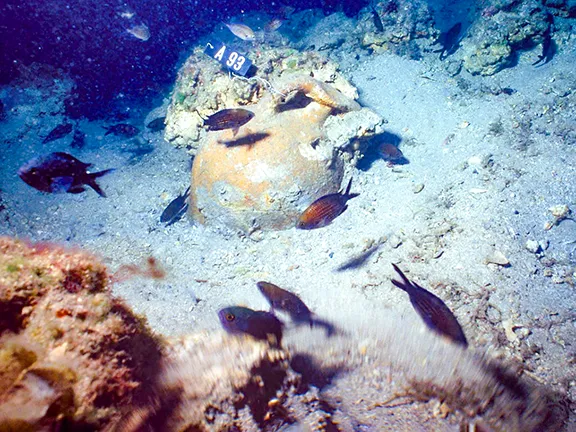 6: Point Iria Shipwreck c 1200 BC
6: Point Iria Shipwreck c 1200 BC 7: Modi Island Shipwreck c1200 BC
7: Modi Island Shipwreck c1200 BC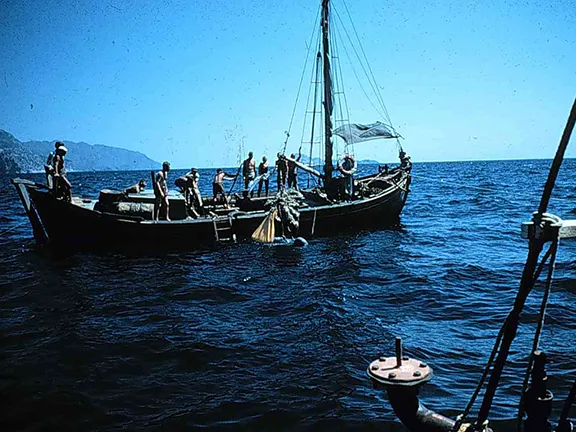 8: Cape Gelidonya shipwreck c 1200 BC
8: Cape Gelidonya shipwreck c 1200 BC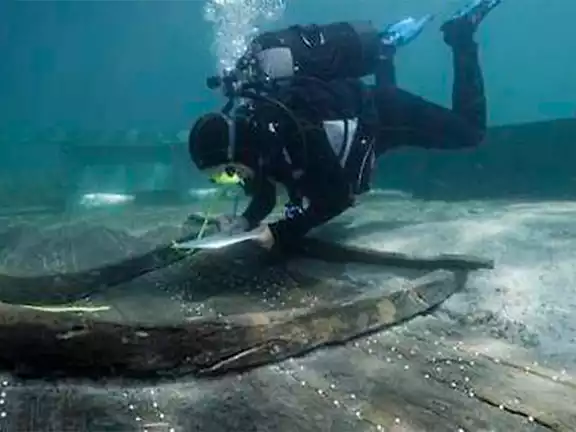 10: Bronze Age boatbuilding techniques
10: Bronze Age boatbuilding techniques 11: Bronze Age Wrecks - Summary
11: Bronze Age Wrecks - Summary